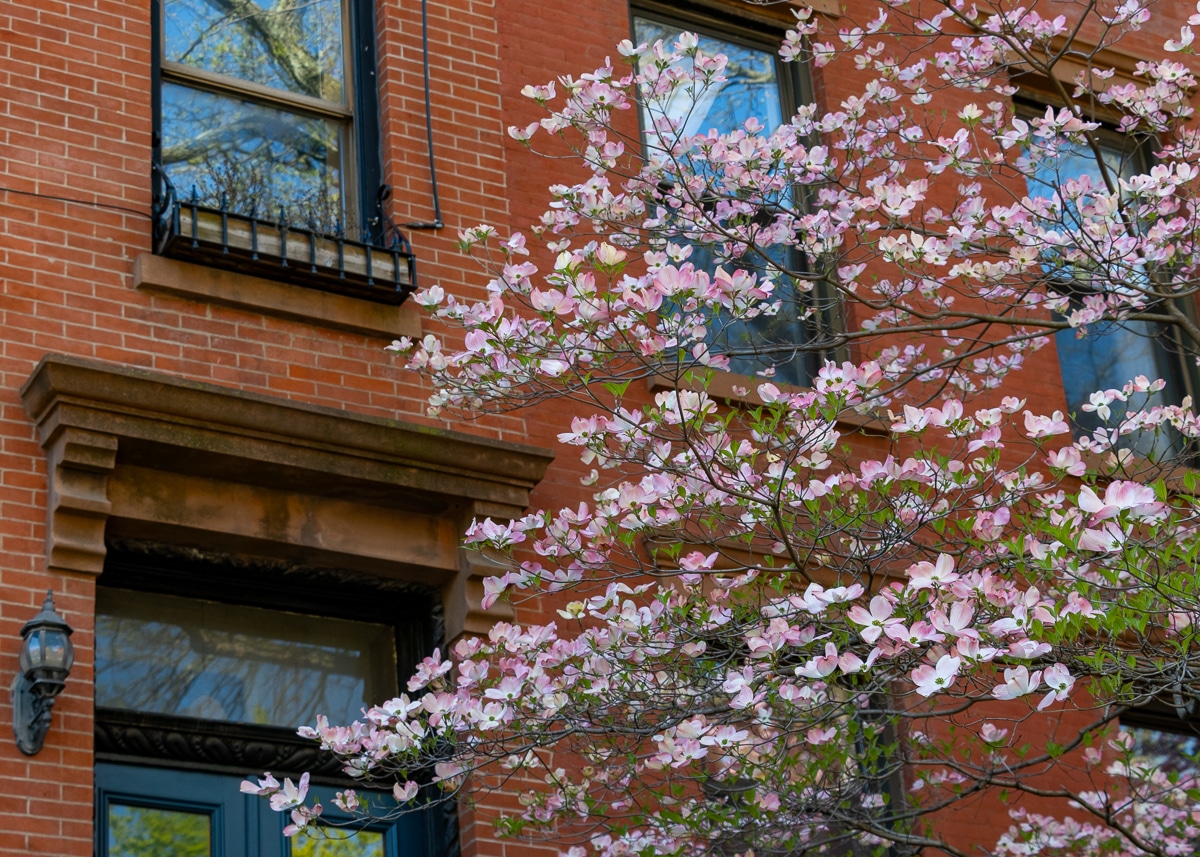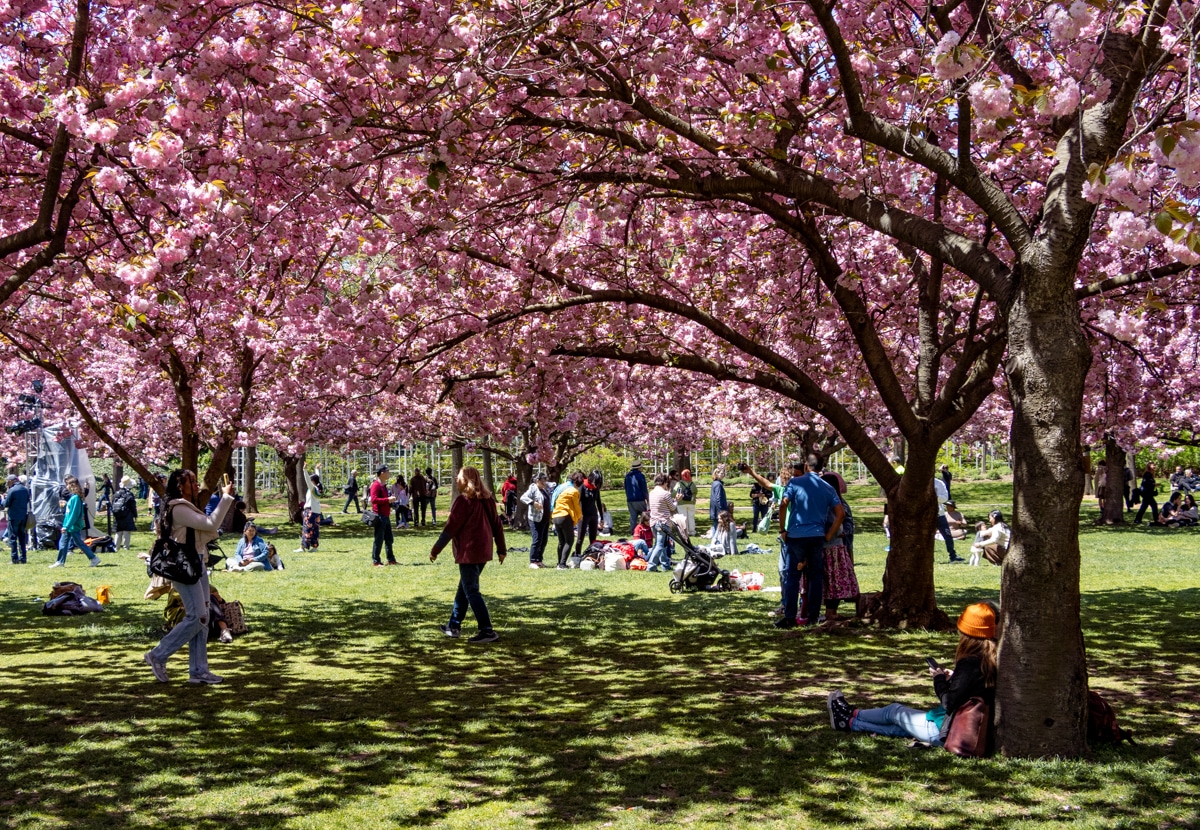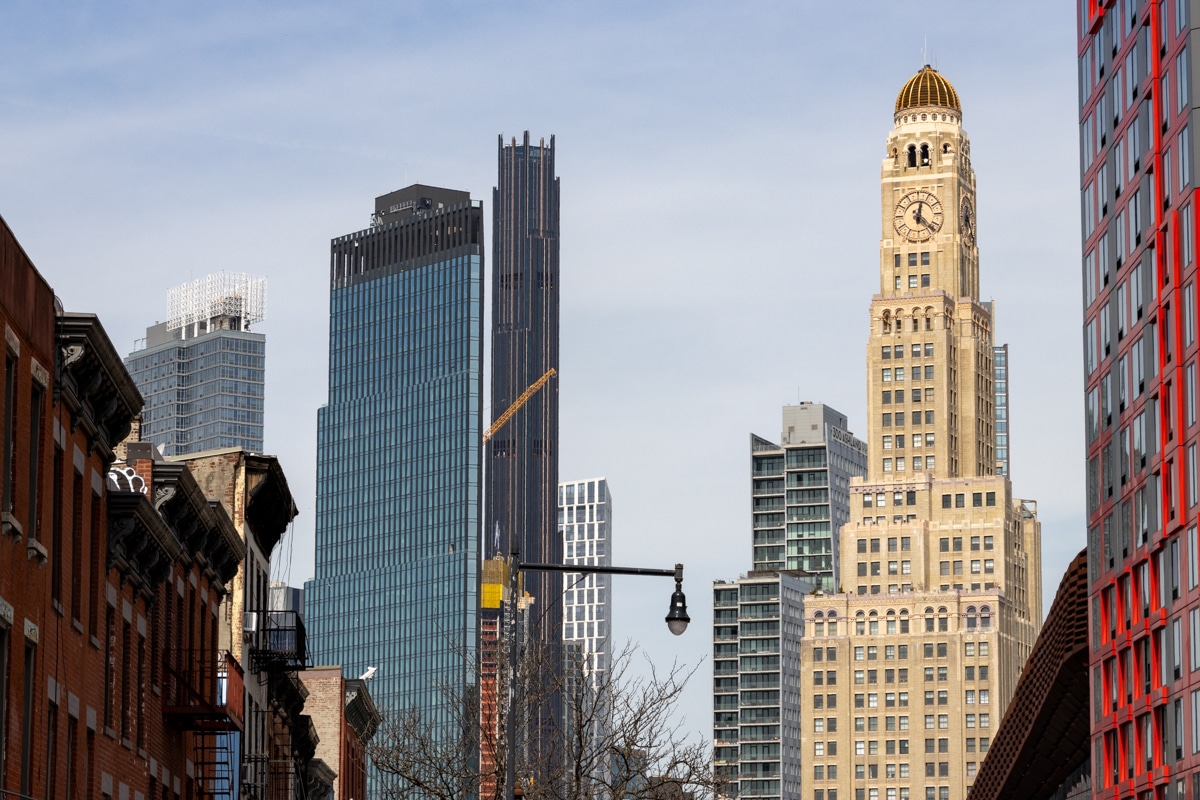Walkabout: Rollin’ Down the Highway, Part 4
Read Part 1, Part 2, and Part 3 of this story. After nine years in five other locations, the Long Island Automobile Club finally got their headquarters near “The Gateway of Long Island;” Grand Army Plaza. As Brooklyn’s first, and most elite automobile club, with members of such social standing as William “Willy” Vanderbilt, they were…

Read Part 1, Part 2, and Part 3 of this story.
After nine years in five other locations, the Long Island Automobile Club finally got their headquarters near “The Gateway of Long Island;” Grand Army Plaza. As Brooklyn’s first, and most elite automobile club, with members of such social standing as William “Willy” Vanderbilt, they were now located in a building that was worthy of their wealth and prestige. Yes, it was another garage, but what a garage!
This building was something out of Europe, with a façade reminiscent of the Austrian Art Nouveau Movement, called the Vienna Secession. It was a four story building built in 1904 as the Plaza Garage.
Art Nouveau architecture is very rare in New York City, and rarer still in Brooklyn, but this garage definitely qualified, with sinuous arches over the main entrance and flanking windows, and some rather overdone Germanic –style Roman eagles at the top. It was designed by an architect named Oscar Lowinson. (Thank you, Christopher Gray.)
The LIAC was renting the building, with an option to buy. They paid $500 a month for the four floors and basement, of which only one was for club use.
The basement, ground floor and third floor were for car storage, and the top floor was a mechanics shop. A large industrial elevator was already in place to lift cars to the higher floors.
Only the second floor was for club use, with a large dining room for banquets and social occasions, a lounge, and the requisite office, kitchen, rest rooms, billiard room, staff room, etc.
Although this was a glorified garage, it was a swanky one. The club maintained a staff of a dozen mechanics that did nothing but work on members’ automobiles.
They could store 125 of them here. They had a private chef who was on hand to prepare meals for members and their guests at any time. In 1909, when the club opened their Union Street pad, they had 448 members and a waiting list of 20 more.
Their number included four women. Their membership rolls included many of the borough’s elite. There were other motor clubs, the posh Crescent Athletic Club had one, for example, but the LIAC was the first and oldest in Brooklyn.
Even as they were partying on Union Street, the club already knew they would not be at the garage in five years. It was already at capacity for cars, and they wanted a much larger building that was built to their needs.
They started searching for land after only a year or so at Union Street. But even as the club grew in size, the world of automobiling was rapidly changing. Only a year before, in 1908, the first Model T’s rolled down the production line at Henry Ford’s factory in Detroit.
The exclusivity and massive expense of the automobile was ending. Soon it wouldn’t just be the elite wealthy class that rolled down the street; it would be the growing middle class, as well. There were already a lot more cars on the road.
The club embraced that change, and was responsible for some of the better innovations of modern motoring. They, and their umbrella organization, the Automobile Association of America, now known as AAA, had been innovators in developing things we take for granted today, such as destination and mileage signs on highways.
The clubs’ involvement in road racing had helped introduce stop signs, caution signs, and later, stop lights.
They advocated for better and wider paved roads, for dedicated park ways for automobile use only, and for the development of things like gas stations. The clubs sponsored the first automobile trade shows, and encouraged all kinds of inventors and innovators to come up with new things. They may have advocated all of these things for their own use and convenience, but they ended up being good for us all in the modern world that was fast evolving.
In 1910, the club gathered their membership together for a concerted attempt to defeat two bills in the state legislature. Although the number of cars on the road was growing every day, there were still those who were fighting the automobile’s ascendancy on the streets and byways of the state.
One bill, called the Cullen-Goodspeed Bill, would have prevented automobiles from using Ocean Parkway between 22nd Avenue and Kings Highway.
The parkway, from its very beginnings, had been used on weekends for promenading to the beach in fancy carriages and dressage, as well as impromptu horse racing, an equine version of drag racing, and the bill proposed that that status was maintained. Drivers, of course wanted to do the same. The battle was on.
The other bill would have allowed municipalities to set their own separate laws regarding the use and requirements of motor vehicles. This was called the Callan Bill. As written, each town could set its own traffic regulations.
In theory, a town could ban automobiles from certain major roadways. It could also make possible one town requiring a certain amount of headlight power, while the town next door required much less. No one would be able to keep up.
The club’s attorneys and law committee wanted the membership to pressure the legislature to defeat both bills, and establish state motor vehicle regulations that were consistent throughout the state. This would eventually happen.
The Long Island Automobile Club also had a charitable side. This would end up being their greatest legacy. Every year since the second year of their history, they had established an automobile outing for the orphans of Brooklyn.
(Since the orphanages in Brooklyn were segregated by race and religion, I am compelled to note that it wasn’t ALL of the orphans of Brooklyn. They never included the Howard Orphanage, which was the African American institution.) Each year, members would load up their touring cars with neatly scrubbed orphans, and head to Coney Island for a day at the beach. They paid for all expenses.
The kids had the time of their lives, and got to ride in an automobile, something most adults would not do for some time yet.
As the years went by and membership grew, they were able to take more kids, and on orphan beach day, a long line of fancy automobiles stretched from wherever they were located at the time, down to Coney Island. There, the children were treated to rides, food, and all of the joys of the amusement parks.
In 1913, they had 1,500 kids go down to Coney Island. They were all in members’ cars, as well as the automobiles of others who volunteered for the day.
The club took both boys and girls, and the kids were treated to hot dogs as famous Felton’s Restaurant, where 2,000 meals were served to children and accompanying adults.
The children were then paraded to Luna Park, where they spent the day on the rides, and enjoyed the games and attractions. The kids themselves were attractions, as people stopped to watch them have the most fun many would ever have in their shortened childhoods.
That year, the club was also seriously looking to move. According to the papers, they had purchased a large lot across the street from the Brooklyn Museum, then still called the Brooklyn Institute of Arts and Science.
The Eagle printed a sketch of the building that had been designed for them by Slee & Bryson, one of Brooklyn’s most accomplished firms.
It was to be a Colonial Revival/ Neo-Georgian building with the requisite garage and club space. The building was limestone and brick, quite large and impressive. It looked like a bank for cars.
The Eagle ran a long article that noted all of the features of the club, as well as a notice that it planned to be completed by 1914, when the club’s lease on the Union Place building expired. Try as I might, I can’t find any proof that that building ever was actually built.
It was supposed to span the length of the block from Eastern Parkway to Lincoln Place. If it was built, it was torn down long ago. Curiously, I could not find any references to the club at any address that could have been near the museum. The club’s activities were mentioned often and everywhere, but never here.
Instead, I found definite proof that they moved instead to 1255 Bedford Avenue, near Fulton Street, in Bedford. What happened to the posh Eastern Parkway digs? No real money, apparently. After a couple of years there, they moved to the old Gibb Mansion on Gates Avenue, in 1920.
The club had changed considerably since World War I. It was no longer comprised of the elite, but merely the socially connected.
Having an automobile was now the desire of every middle class family in America, and the club was no longer a place where an “autoist” tinkered with his bespoke machine, but a social club.
The LIAC was now not much different than the Lions, Elks or other clubs. They were primarily a social club. They had women members, an entire women’s auxiliary, actually, which took part in different events.
The club still did the Orphan’s Ride to Coney Island. They were still a car club, though, and ended up antagonizing the neighbors when they once again wanted the needs of cars to supersede the needs of a residential neighborhood.
The club had a sweetheart deal with the New York Department of Motor Vehicles, still in its relative infancy. The LIAC received a twenty-five cent kickback from the DMV whenever a non-member applied for a driver’s license.
Most people were not LIAC members, and the club was raking in enough money from this alone to pay for the mortgage and taxes on the Gibb Mansion. People were furious.
The club defended its actions, and then really made people mad when they announced that a branch of the DMV would be set up in the mansion. The residential neighborhood would then be swamped with people and cars.
The DMV shrugged their shoulders, saying they really needed a new office, and they didn’t have the money to build one somewhere else, and would consider the offer. Fortunately, this idea was squashed higher up, and the mansion was never a branch of the DMV.
The LIAC didn’t hold on to the building all that long anyway, and would move once more to Bedford Avenue. By this time, Bedford had been firmly established as Automobile Row, and the club’s new, and as far as I can tell, last headquarters was on the corner of Bedford and Halsey.
After 1941, I could not find any reference to the Long Island Automobile Club in Brooklyn. The club had a branch on Long Island, but they were separate. Perhaps World War II finished off the club. By the 40’s, the car had conquered America.
We were never going back, and the needs of automobiles and drivers had prompted people like Robert Moses to build highways and throughways and roads everywhere. The car was a part of our national culture.
The umbrella organization, the AAA, had turned into an advocacy and aid society for its millions of members nationwide. There really was no longer a need for a Long Island Automobile Club.
(Photo: New York Daily Tribune, 1909)
Rollin’ Down the Highway, Part One
Rollin’ Down the Highway, Part Two
Rollin’ Down the Highway, Part Three













What's Your Take? Leave a Comment